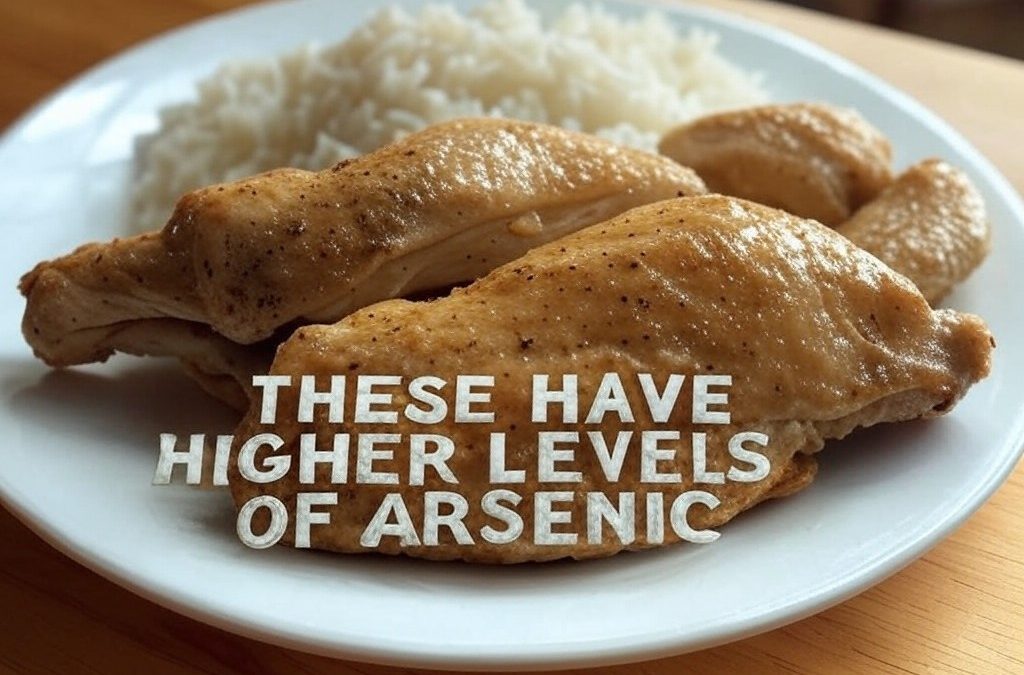We do not diagnose disease or recommend a dietary supplement for the treatment of disease. You should share this information with your physician who can determine what nutrition, disease and injury treatment regimen is best for you. You can search this site or the web for topics of interest that I may have written (use Dr Simone and topic).
“We provide truthful information without emotion or influence from the medical establishment, pharmaceutical industry, national organizations, special interest groups or government agencies.” Charles B Simone, M.MS., M.D.
FDA DOES NOT PROTECT US FROM ARSENIC
Lawrenceville, NJ (Dr Simone) – Inorganic arsenic is a carcinogen and can kill quickly in large amounts. But regular exposure to small amounts can increase the risk of bladder cancer, lung cancer, and skin cancer, as well as heart disease and type 2 diabetes. Arsenic is in pesticides and poultry feed.
Chicken meat contains arsenic because it has been purposely added to their feed for decades to promote growth and weight gain with less feed.
Rice absorbs arsenic more readily than other plants. So anyone eating rice needs to be aware of a higher risk of arsenic exposure. People who avoid gluten are often eating more foods that contain rice.
Rice with high levels of arsenic: Rice from Texas; Brown rice also has a high level of arsenic compared to white rice because arsenic accumulates in the grain’s outer layers, that are then removed to make white rice. Children should not consume rice drinks, hot rice cereal, rice pasta or rice cakes because those products have high levels of arsenic.
Rice and Gluten Free Grains with low levels of arsenic: Basmati rice from California, India, and Pakistan; Quinoa, amaranth, buckwheat (not related to wheat), millet (looks like rice when cooked), polenta, and grits.
There is no federal limit for arsenic in rice or chicken feed.
The FDA must protect us and prohibit the use of arsenic in chicken feed and limit the amount of arsenic allowed in any product consumed by us.
(c) 2017 Charles B. Simone, M.MS., M.D.



